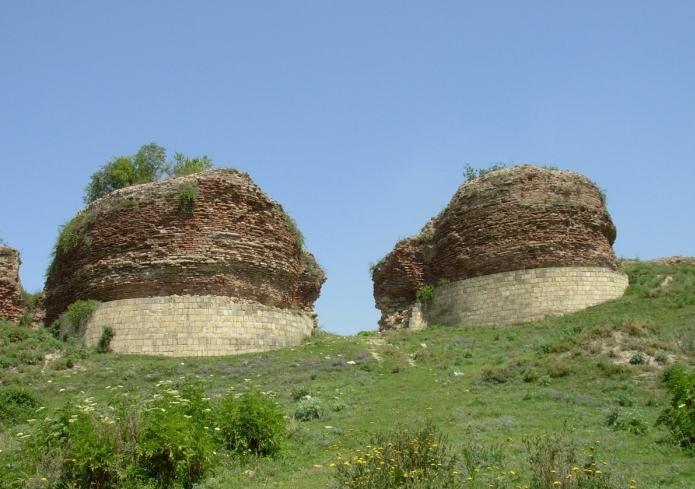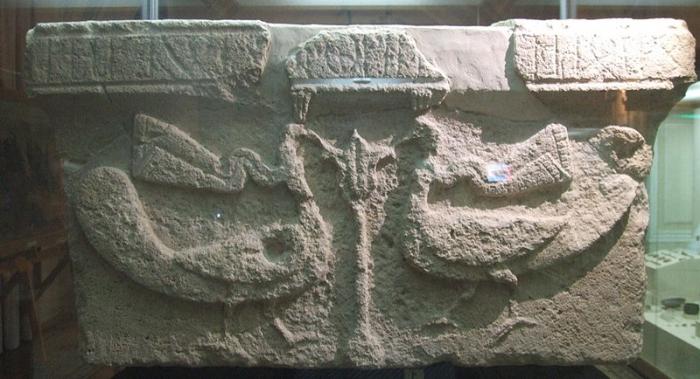Around the 5th century BC A state called Caucasian Albania was formed on the territory of Azerbaijan and Southern Dagestan. This country was inhabited by the ancestors of the current Dagestan Lezgin-speaking peoples. It should be noted that the final formation of the geographical borders of Dagestan occurred only in the 60s of the twentieth century, in the Soviet period. Then the northern regions of Dagestan were annexed; therefore, not all the peoples currently living in Dagestan belong to the purebred descendants of the inhabitants of Caucasian Albania.
A huge number of various political events occurred in the ancient state of Albania - its history is still ambiguously interpreted by scientists.
Initially, the country was formed as a confederation of twenty-six kingdoms, but in the XII century it fell apart into small principalities and existed in this form until the XVII century AD, until it entered the Russian Empire. Arab historical sources claim that the last political entity that continued the traditions of ancient Caucasian Albania was present-day Azerbaijan (in ancient times, the historical region of Arran).

In the IV century, eleven leaders of the mountaineers or kings, as well as the king of the Leks, ruled on the territory of Dagestan. At the very beginning of the VI century, Caucasian Albania was divided into several political societies that lived in different parts of Dagestan territory. In the southern part of Dagestan, in the mountains, south of the Samur River, Lyran lived. The plateau, located south of Derbent, was inhabited by Muskut. The territory located north of the Samur River, as well as the basin of the Gulgeraichay River, was chosen by Lucks (modern Lezgins, rutuls, aguls, etc.). And northwest of Derbent, near the Rubas River, the Tabasaran association lived.

Derbent Emirate was part of the state of Caucasian Albania. It was formed on the Caspian trade route, and its center was the city of Derbent. It was the main trading center in the Caspian region and for a short time - the capital (Albania later acquired another capital city due to the constant raids on Derbent from the "north").
After Derbent, the city of Kabbalah (Kabalaki) became the capital of Caucasian Albania, the ruins of which have survived to this day in Azerbaijan. After the Republic of Azerbaijan switched to the Latin alphabet, the Russian letter “K” was replaced by the Latin “Q”, therefore, the ancient capital Lezgi was not called Kabala, but Gabala (Gabala radar station was rented by the Russian Federation).
Located at the crossroads of civilizations, migration and caravan routes, Caucasian Albania, in fact, she was constantly forced to defend her independence. Albania fought with the Romans (the legendary campaigns of Pompey and Crassus in the Caucasus), with the Sassanian Iran, the Huns, Arabs, Khazars and Turkic tribes, who, nevertheless, managed to completely destroy Caucasian Albania as a state.
Lezghin peoples experienced difficult times in the 50-60s of the XX century. The ruling "elite" of Dagestan, on the eve of the All-Union population census, divided them, promising each nation the status of "sovereignty". But from this “sovereignty”, the Lezgi peoples remained only a loser, because they managed to get the promised alphabets only forty years later, after the collapse of the USSR. All these years they remained unwritten, because instead of their native Lezgin, they were forced to use the new "native" language - Russian.